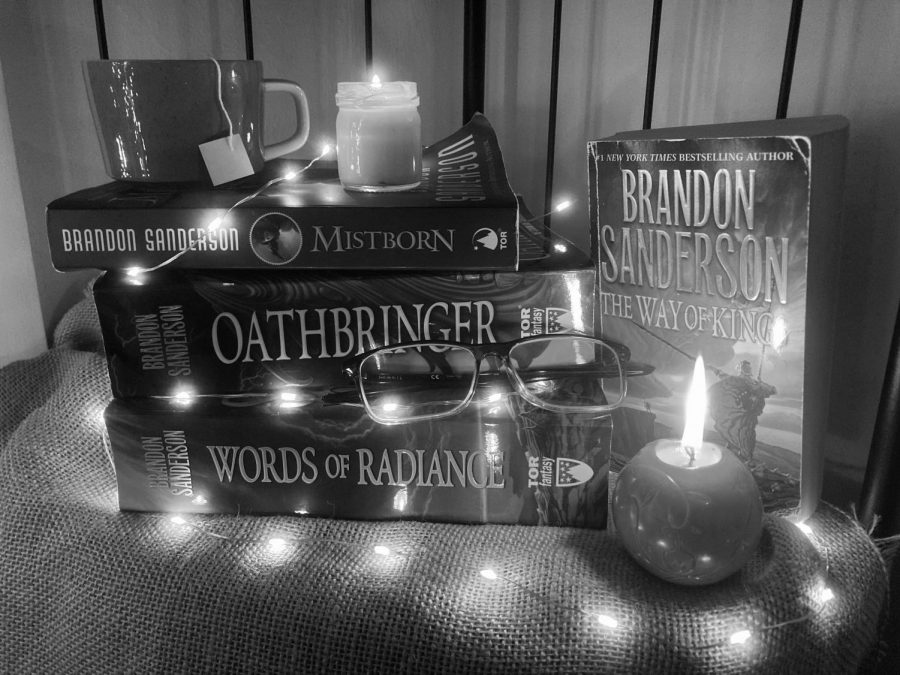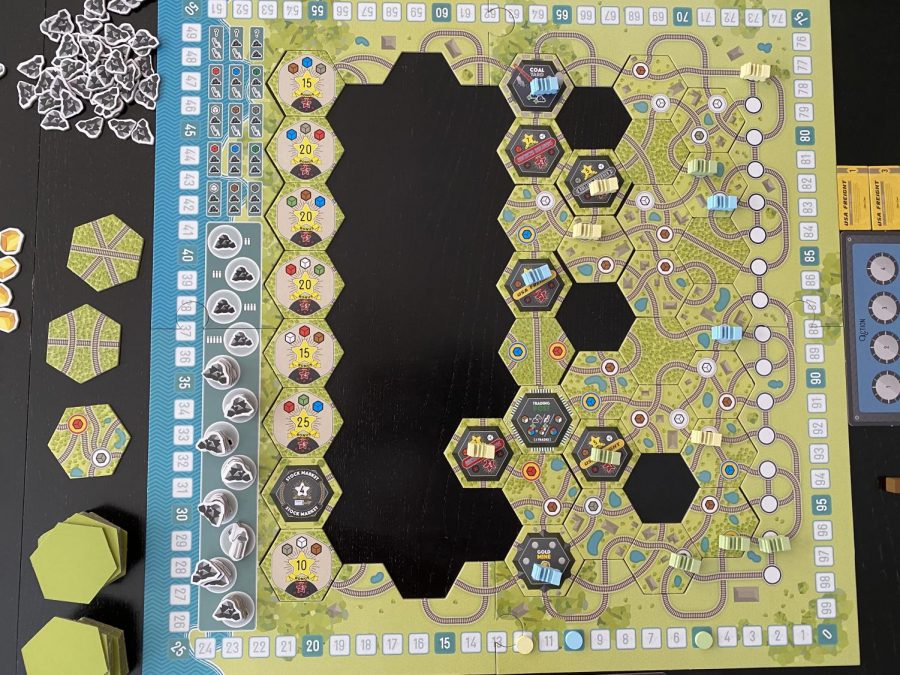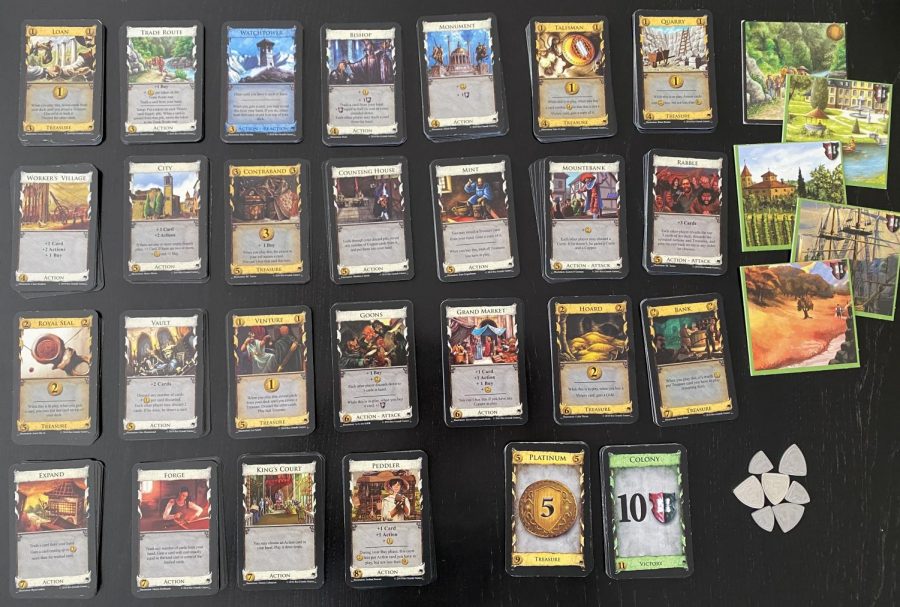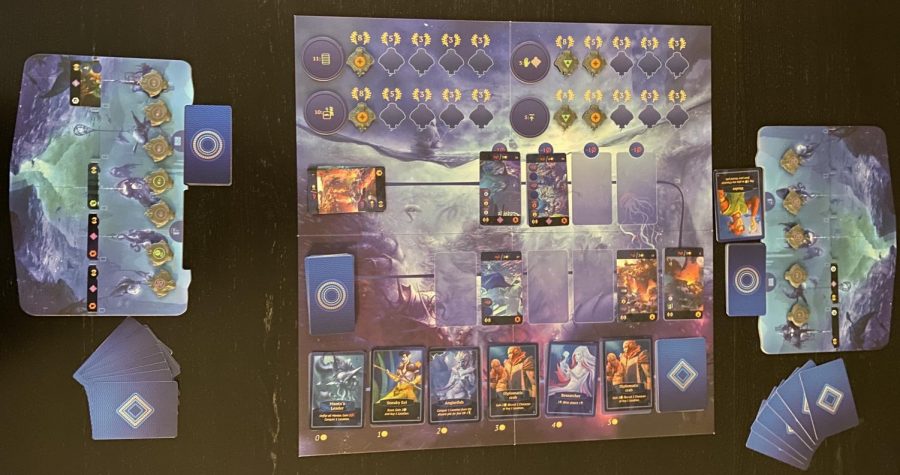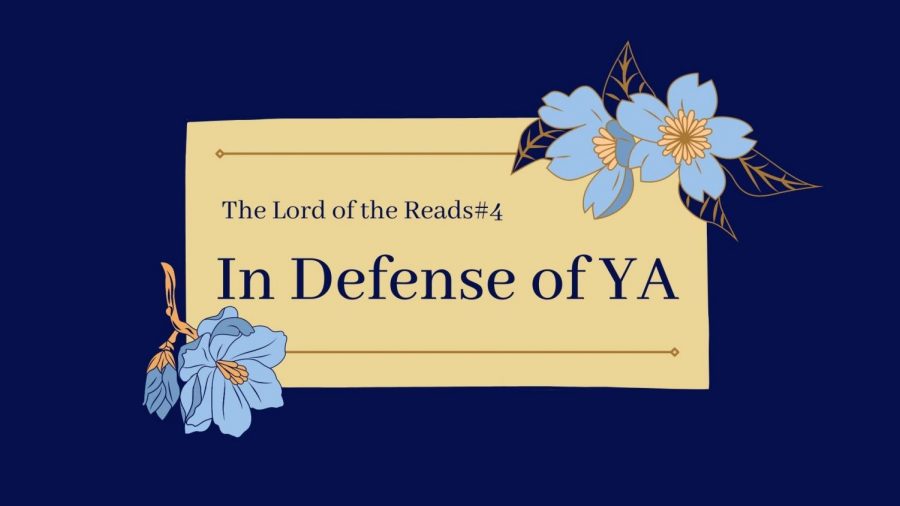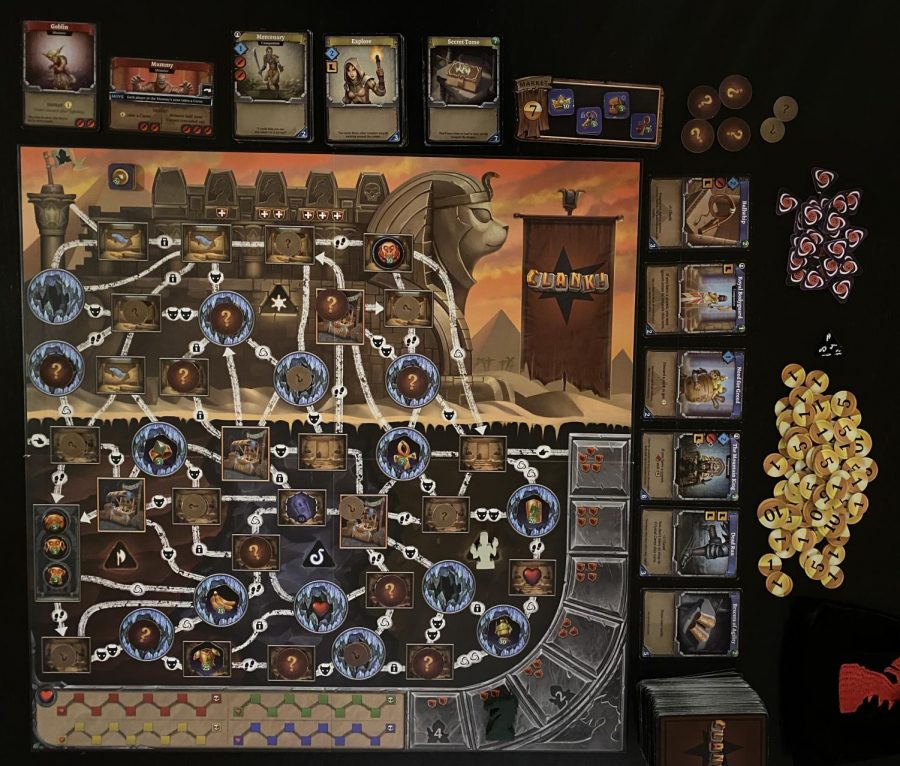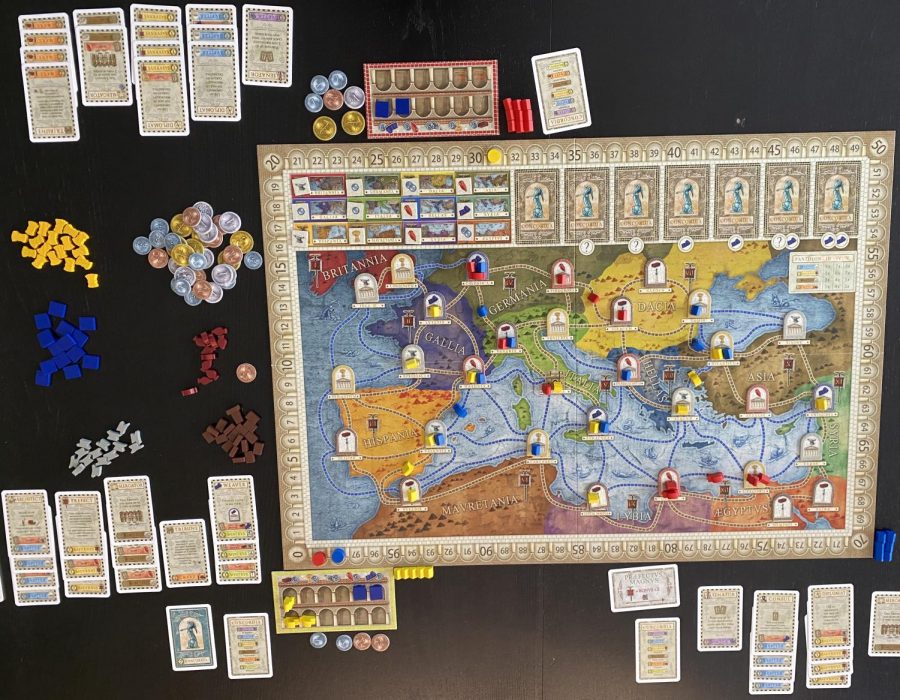When author Robert Jordan passed away in 2007, he left his legendary Wheel of Time saga unfinished. The series couldn’t be left without a conclusion, but choosing another writer to execute Jordan’s vision was no easy task. To finish what would end up as a massive, fourteen-book saga, Jordan’s wife and editor Harriet McDougal picked up-and-coming fantasy author Brandon Sanderson to write the finale. The last three books (The Gathering Storm, Towers of Midnight, and A Memory of Light), coauthored by Jordan and Sanderson, concluded one of the most influential pieces of epic fantasy.
Eight years after the 2013 release of A Memory of Light, Sanderson has followed in Jordan’s footsteps. His books have carved their own space in the genre, selling over 7 million copies worldwide.
At first glance, Sanderson is just another fantasy writer in a sea of Jordan devotees. However, his work is taking high fantasy and science fiction to another level in his SFF* universe known as the cosmere. Set on several different worlds and spanning dozens of series, novellas, short stories, and stand-alone novels, the cosmere is one of the most complex fantasy universes I have ever encountered and is only partway done. Sanderson does a masterful job of weaving it all together through interconnected magic systems, plotlines, and fan-favorite characters.
Though the sheer size of the cosmere can be daunting, it’s actually very accessible for readers who (understandably) don’t want to commit to reading 40 books. Trilogies like Mistborn and standalone novels like Warbreaker and Elantris offer an easy place to start and can be appreciated with almost zero background knowledge: I read and loved Mistborn three years before I knew the cosmere even existed. For more ambitious readers, the massive Stormlight Archive is currently made up of four hefty novels and two novellas, with a total of 10 books planned. These books are rich in character development, lore, and worldbuilding, though it does take some dedication to get through over four thousand pages of it all. Size notwithstanding, Stormlight is one of the best pieces of fantasy I’ve ever read. In my opinion, this versatility is one of the best things about the cosmere: whether you want to read a quick fantasy novella, a trilogy, or a massive saga loaded with lore, there’s something for everyone.
So, why does the cosmere deserve attention? How exactly is it taking high fantasy to another level? In short, why does it matter?
One of the first reasons that the cosmere stood out for me was its magic. In many books, magic systems are used as simple plot devices. For Sanderson, however, they are as important as any living, breathing character. The magic systems of the cosmere shape entire worlds and societies and are ingrained into the plot, characterization, and worldbuilding on a level that I’ve never seen before. Magic shapes the story, rather than the story shaping it.
Despite the complexity of Sanderson’s magic systems, they are surprisingly easy to understand. Magic in the cosmere is codified in Sanderson’s Three Laws, setting the groundwork for some of the most unique and developed systems I’ve ever read. This codification makes the “hard magic” of his worlds (as opposed to the more ambiguous “soft magic” seen in the work of Tolkien or George R.R. Martin) concrete, accessible, and applicable to our own lives. However, it also maintains the sense of mystery and wonder that fantasy writers strive for. In many of his books, magic merges seamlessly with science in a blend he calls “techno-magic,” blurring the line between science fiction and fantasy in a way that adds even more depth to his worlds and stories.
The fanbase also sets the cosmere apart from other works of SFF. Sanderson’s work enjoys a dedicated following, but with none of the toxicity commonly found in the SFF genre (I’m looking at you, Star Wars). In addition to a fanbase relatively free of toxicity, the cosmere also boasts a solid relationship between author and fans. Sanderson himself often interacts with his online community, whether it be on Reddit under the username “Mistborn” or via live signing sessions and online Q&As. Fans have given him several nicknames, from “Brando Sando” to “Brandonalsium,” a play on the mysterious cosmere force “Adonalsium.” Sanderson is also involved with teaching a new generation of SFF writers: his YouTube channel features instructional videos on everything from creating backstories to the publishing process. Each winter, the author returns to his alma mater, Brigham Young University, to teach an annual creative writing course. The recorded lectures from the previous year have reached over 600,000 views on his channel. To put it simply, Sanderson knows what he’s talking about.
On a deeper level, the cosmere deals with some very relevant topics that are often seen in more “traditional” literary genres rather than SFF. The stories of the cosmere touch on religion and theocracy, leadership and rulership, oppression, colonialism, mental illness, family, and even climate change. The inclusion of these topics make them very accessible for people who aren’t necessarily interested in or exposed to the traditional literary canon. I’ve always struggled to stay engaged with traditional literature and realistic fiction, so being able to read about meaningful, relevant topics in a fantasy setting has been huge for me.
Personally, I find Sanderson’s commentary on mental illness to be especially important. Too often in fantasy and science fiction do we see characters who are seemingly untouchable, who may suffer loss and defeat but possess an unrealistic, almost superhuman ability to shake it off and keep going. Sanderson has an ability to create deep, multifaceted characters that struggle not just against the forces of evil but also against their own demons. In Stormlight Archive, each character fights two battles: one external, one internal. One fan-favorite character is Kaladin, a surgeon-turned-soldier who leads the charge against enemy forces while at war with his own depression and PTSD. Kaladin’s internal struggles are known all too well by many readers, and this representation goes a long way towards connecting with readers, as well as opening a discussion on mental illness. The topic of mental health is something that has lost a lot of its stigma in recent years, but from my experience it has long been missing from SFF. That’s something that needs to change, and Sanderson is leading the way through his characters and stories. For myself and other readers, seeing our own struggles reflected in what we read is extremely important. Incorporating mental health as a key aspect of Stormlight and other cosmere books doesn’t only lend depth to the characters but opens the door for a more in-depth discussion of mental health in the genre.
When it comes to SFF novels, the cosmere is truly exceptional. Its fresh and unique magic systems, critical discussion of modern themes, and groundbreaking scale pave the way for a new iteration of the genre, while its age-old motif of good vs. evil hearkens all the way back to Tolkien. It is a blend of science and magic, old and new, with real-world themes applied to faraway lands. From the red-tinted skies of Scadrial to the chasms of the Shattered Plains, the cosmere has something for everyone.
*Note: I use “SFF” in this article to denote “science fiction and fantasy.” If I had to type out “science fiction and fantasy” or some combination of those words every time I refer to the genre, I would absolutely lose my mind.

